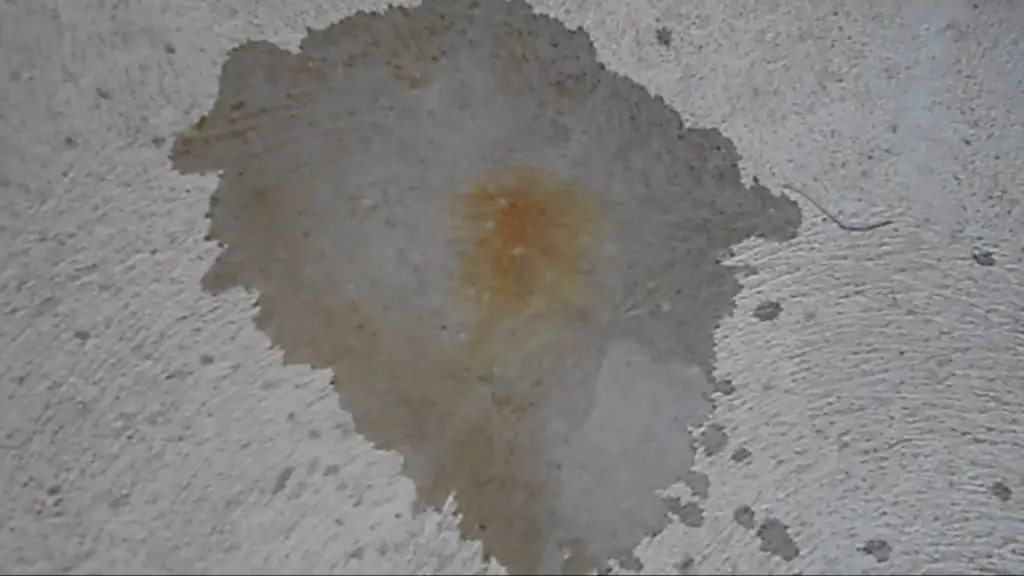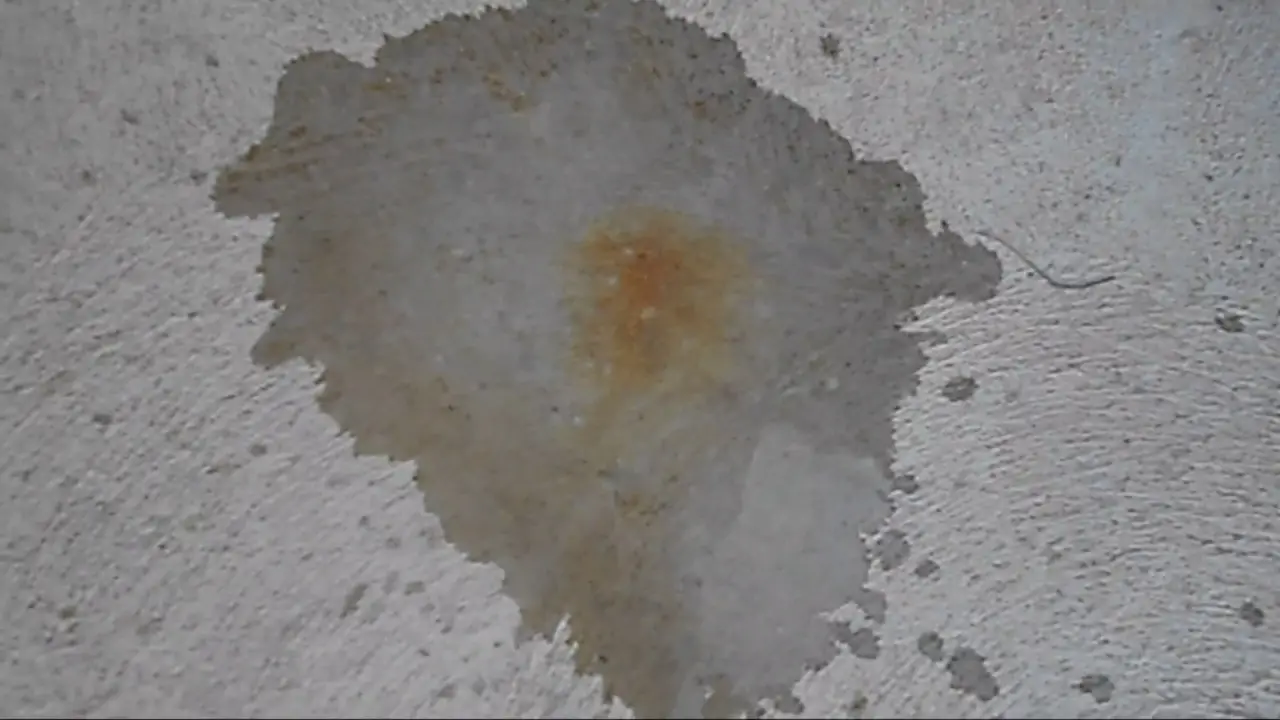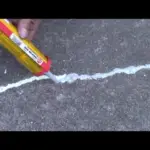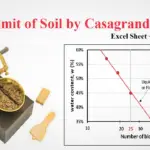So while you’re looking to get rid of those oil stains from the concrete driveway you found WD40 as a solution to remove oil stains but then you start wondering “does WD40 stain concrete?”
Yes! It does and that’s because WD40 itself acts like an engine oil going inside the concrete leaving it discolored or stained.
This blog is for anyone who is dealing with an oil stain on their concrete, and today we’ll give you a fine example of a major spill and how you can clean it up with a simple one item after, of course, you’ve absorbed it.

Why does WD40 stain?
Being an oil-based lubricant and solvent; you might take good care to try it on the concrete surfaces. It can potentially leave stains and marks. Anyways, the extent of staining might vary depending on the age of the concrete, the type of concrete, the duration of exposure to WD-40 and the amount applied.
How to minimize the impact of stain on concrete?
So, what if you accidently got it over the concrete surface? Well in that case the best to do is to act quickly. You must look for ways to minimize the staining going deep into the concrete surface. Concrete is porous and it can quickly absorb it. You can avoid that from happening by wiping the surface with clean cloth or paper towel.
The paper towel is ideal as it can easily absorb as much of the oily extract as possible. Alternatively, you can try to use dish soap or degreaser with warm water to remove any remaining residue.
But being a pro, I’ve always recommended homeowners to only try the cleaning solutions on a limited and small areas and don’t go overboard. You must always try to avoid any extensive discoloration or damage. Don’t you?
And another tip is to carefully read the manufacturer’s instruction and warnings before trying on any cleaning solution on concrete.
Also Read: What Paint Do You Use for a Concrete Water Fountain?
Like Us on Facebook!
What is WD40 made of?
WD-40 is a multi-purpose lubricant and solvent spray comprised of various ingredients, such as petroleum-based mineral oil, petroleum distillates, synthetic oils, and carbon dioxide. The exact formula for WD-40 remains confidential; however it contains a blend designed to provide lubrication, protect against rust and corrosion, displace moisture, and provide cleaning properties. Other additives may include fragrance or propellants.
Subscribe Us on YouTube!
Uses of WD40 on concrete
Although WD40 may not be an ideal fit for concrete but still it has many benefits to use. You can use it to get rid of rust from concrete. In fact, rust is one of the most annoying stain you can get on the concrete walls. So, while the rust gets inside the porous concrete and so does the WD40. So, it can penetrate and remove the rust out by getting under.
But what I’ll recommend is that after you’ve use WD40 on the concrete, it’s best that you promptly clean it up.
Also Read: How to get burn marks off Concrete? (Simple 5 steps)
General uses of WD40
Uses of WD40:
- Water displacement: The WD in WD-40 stands for water displacement. It is primarily used for displacing water and is effective in getting underneath surface items, lifting them up, and cleaning them away.
- Surface cleaning: WD-40 is effective in cleaning surfaces and getting rid of residues and grime.
- Rust prevention and removal: WD-40 can be used to prevent and remove light surface rust.
- Lubrication: WD-40 has some lubricating properties that make it useful for surface restoration and light lubrication.
- Bike chain cleaning: WD-40 can be used to clean bike chains and remove light surface rust and gunk buildup, but it should not be used as a long-term lubricant. A real bike lubricant is recommended for long-term lubrication.
- Belt, pulley, ring, and gasket protection: WD-40 should not be used on rubber as petroleum and rubber do not mix well.




















